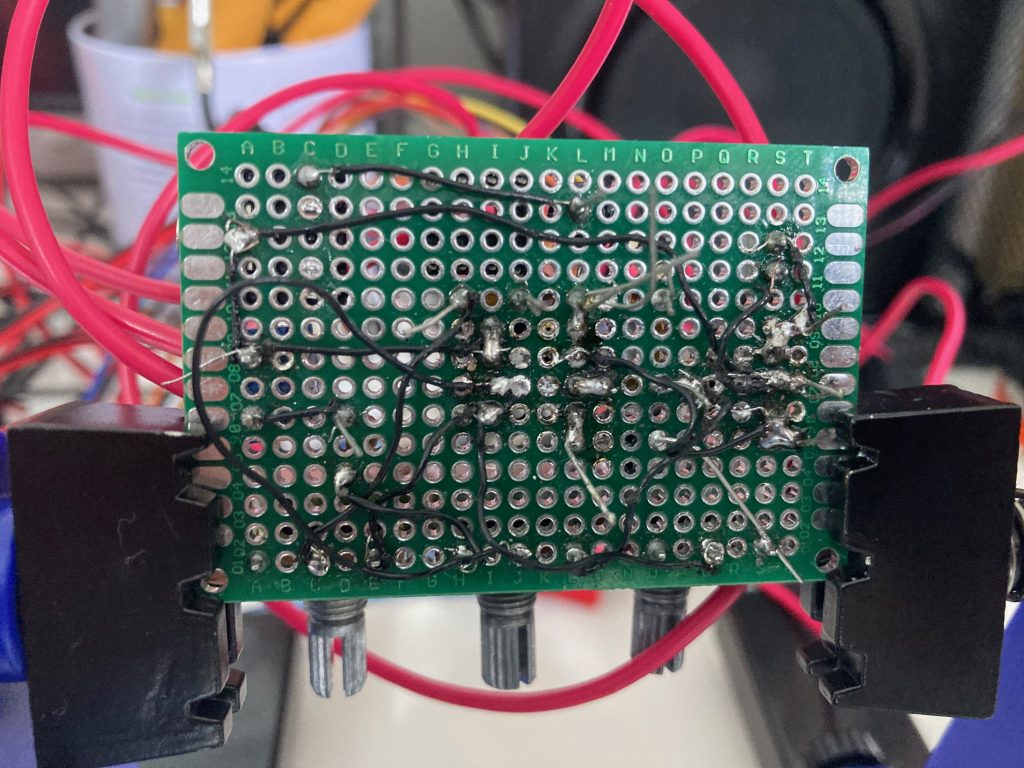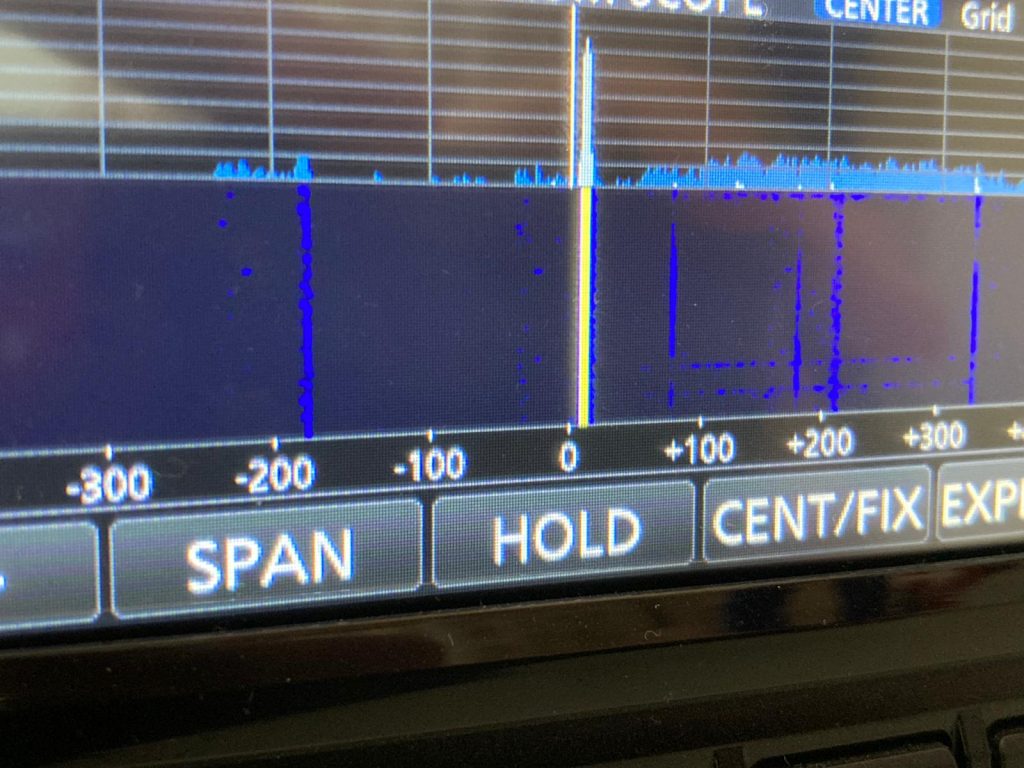Last night I managed my first “proper” (i.e. not scheduled with a friend round the corner) CW QSO, I was messing around with the radio, called CQ and got ? back, called CQ again and got a response, from PA3FYE. I immediately went into a panic and pretty much forgot all of my Morse code but managed to get down the call and give a signal report, I also said “sry first cw qso” and mentioned that there was QSB. PA3FYE was very kind in putting up with my terrible code and we said our 73s and went our separate ways. It also turned out that a LICW member heard the exchange and then tried to call me afterward, but I think the QSB and me recovering from the previous QSO meant I missed it although I did copy some of his following QSO which was good practice.
This evening unfortunately after almost an hour of calling CQ I’ve heard nothing. I’m hoping that last night wasn’t just a fluke and I’ll be able to make further contacts and improve my CW on the air, after all that’s why I’m learning!



